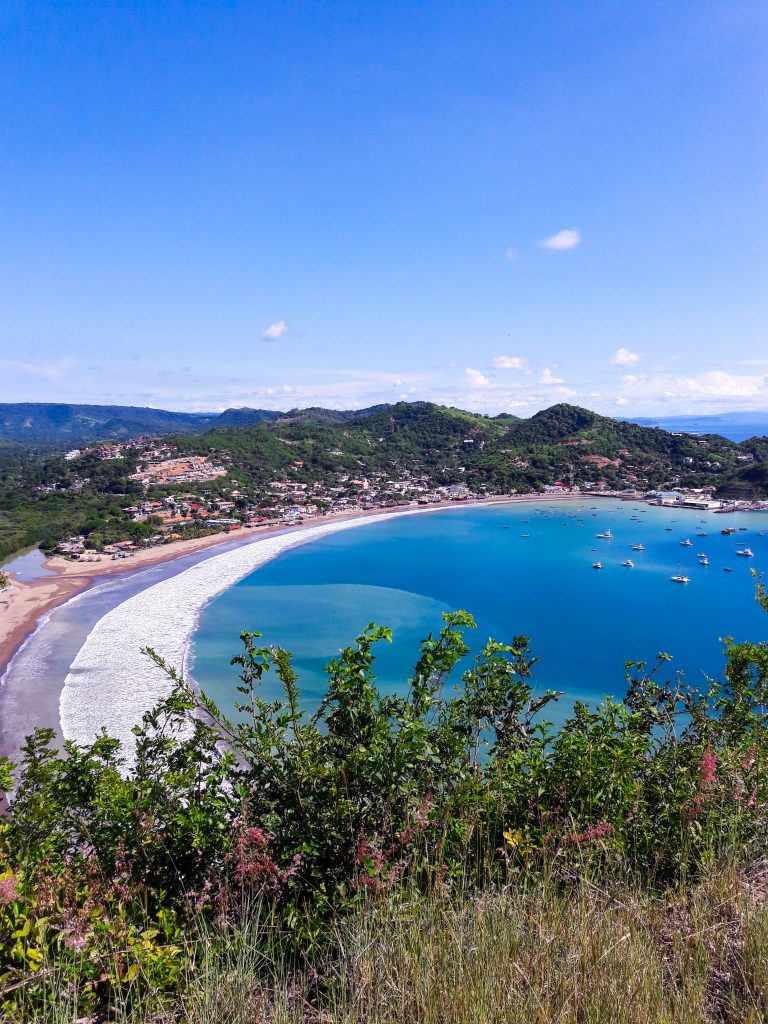
About the Area
San Juan Del Sur
It wasn’t that long ago that the Pacific coastal town of San Juan Del Sur was a sleepy little fishing village known only to locals and the most adventurous travelers. While it has retained much of its original charm, it has grown into a significant tourist and surfing destination.
San Juan has a mix of mellow locals and expats, with a free vibe that you can feel in the streets; a Latin American pueblo mixed with a little gringo influence and surf culture. The town is only 3 square blocks with surrounding barrios and about a mile of beachfront bars, restaurants, and palapas. The town has one of everything a small town needs – a bakery, farmer’s market, local bars, sushi, Thai food, good pizza, coffee and espresso, a brewery, boutiques, hotels, local tours, surf shops, taco stands, and real Italian gelato.
Our town is particularly attractive to adventure seekers as part of the Central American tourist trail. San Juan brings in peaceful and curious travelers from all over the world.
It’s a pretty quiet town, however during peak tourist season (Dec-Jan), spring break as well as Catholic holidays, it can light up with fireworks and beach parties until late at night.
One of the best things about San Juan is the beaches. Its sandy beaches are uncrowded, the water is crystal clear and warm (most of the year). The surf breaks are world-class and numerous, the views and sunsets breath-taking, and the options for activities in the area endless.


Weather & Seasons
We are approximately 1200 feet (365 meters) higher in elevation than the town of San Juan Del Sur, offering a cooler micro-climate. The weather is just right with a consistent breeze throughout the year.
We experience a rainy season and a dry season at Arrebol. Temperatures throughout the year stay between 70°F and 90°F (21-32°C). During the dry season, which lasts from November to April, you can expect very little rain, higher daily temperatures, and a fairly dry landscape. In contrast, the rainy season, which lasts from May to November brings the lush jungle back. The rains are usually in the form of morning and evening showers, and occasionally nighttime thunderstorms, which are fun to experience. There is also less wind in the rainy season. Both seasons have their advantages.


